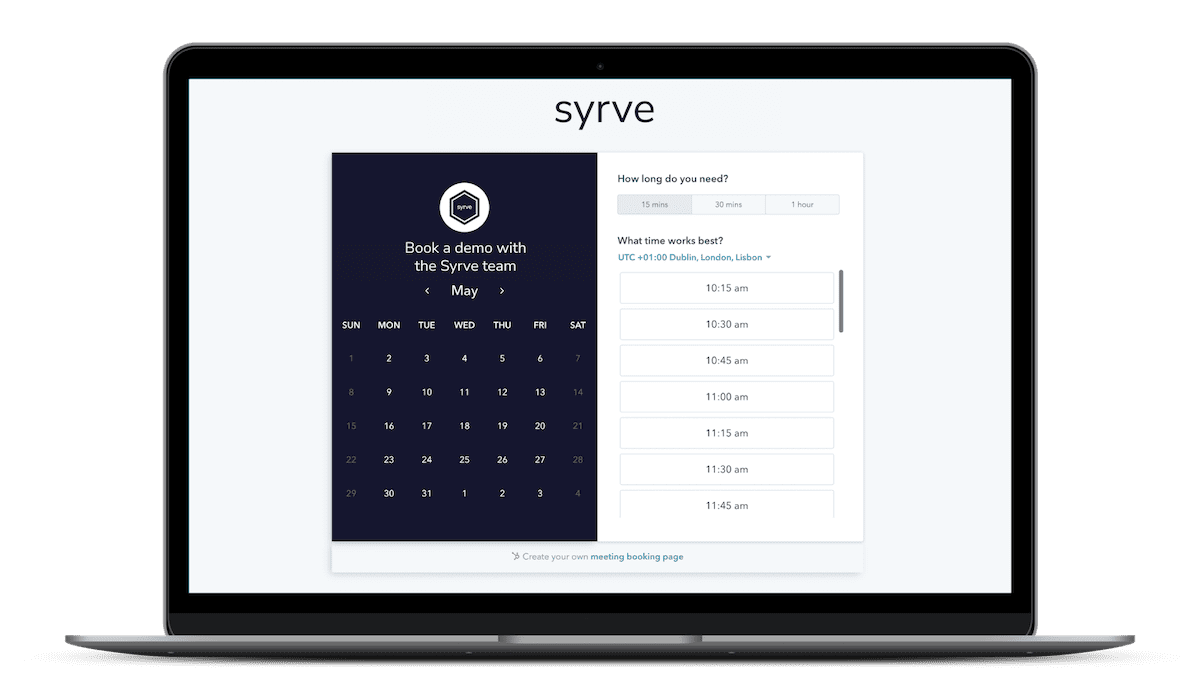It’s only worth adding a new Point of Sale system to your restaurant, bar or quick service outlet if there’s a significant payback — with reduced costs and extra revenue. So what’s reasonable to expect? You might be surprised …
Extra oomph where it counts
Let’s be brutally honest. Most people in the restaurant or bar business don’t have time to spare to be fussing around with new technology — unless it makes their lives easier, saves money and improves income. Anything less is a liability, a distraction and a downright nuisance.
However, the right POS can be a game changer … and your ’12th man’.
As football followers will know, the ’12th man’ is the name often ascribed to a passionate crowd. The 11 players can only do so much … but it’s that extra boost from the crowd that makes all the difference and gets the ball over the line.
And that’s what a great POS should do. It’s in the background, turning a struggling team into one that succeeds — and a great team into an even better one. The ‘final score’ proves the point.
So how does this happen? Let’s crunch some numbers.
Here are five ways that a leading POS can make a big difference to return on investment.
01: Reducing waste through inventory management
Food waste represents a cost to the UK restaurant sector alone of £682 million each year, according to the not-for-profit organisation WRAP[1], which it equates to £0.97 per meal.
But imagine if you could eradicate this by avoiding spoilage, addressing food preparation waste and regulating portion size accurately? An all-in-one POS should include a host of easy-to-use tools for inventory management and more besides to maximise efficiency.
Q: What if you could save 25p on every meal you serve, how much would that be?
02: Forecasting and staff costs
Industry analysts reckon that the payroll accounts for 25-35% of gross sales for restaurants[2]. But are you using guesswork when you plan staff schedules? Maybe you err on the side of caution and this ends up with staff sitting around, or do you cut back too heavily — and staff can’t keep up at busy times, so you miss out on extra sales?
An all-in-one POS will feature powerful forecasting tools that can predict the staff levels you’ll need with 95%-plus accuracy. Suddenly, you can avoid the expensive guesswork with schedules.
Q: What if you could save 60 hours of unnecessary staff time every month, how much would you recoup?
03: Smarter serving and extra sales
Run-of-the mill, clunky POS devices can really come unstuck during busy spells. It’s easy for staff to get orders incorrect or take an eternity at each table — while other customers are getting fed up, waiting to be served.
But just as importantly, your POS needs to prompt staff with upselling offers and promotions at just the right moment. This could perhaps add 10% to the food bill as diners are tempted by extra food toppings, side dishes and 2-4-1s on cocktails.
Q: If your POS earned you an extra 5% on sales, how much would that be worth?
04: Integration with online ordering apps
For some quick-service restaurants and takeaway businesses, sales through third-party apps are part of their bread-and-butter business. But sometimes staff could spend 60 seconds re-keying each order into the system. This can lead to errors and waste precious time.
However, the best POS systems will have APIs that can bring in orders automatically, so it’s a seamless, hands-free process.
Q: If you received 250 orders via apps every week without the need to re-key anything, how much staff time would that save?
05: Loyalty programmes for repeat business
The best POS systems will have ready-to-go loyalty programmes that you can flavour for your restaurant and give customers that extra incentive to come back again.
This isn’t to be sniffed at. It’s been reported that Starbucks loyalty members’ average ticket size is three times that of the average customer. Also, transactions made using the loyalty programme represented 36% of US sales for Starbucks[3].
Q: If one in five of your customers signed up for a loyalty scheme and spent 20% more as a result, then your overall sales might increase by 4%. How does that sound?
What difference will a leading, all-in-one POS make to you?
To consider a new POS, you need to be serious … deadly serious about profit and loss. And the best tech will get right to the heart of the five areas we’ve flagged up.
Why not see Syrve in action for yourself and see what difference it could make to your bottom line. We’d love to show you a demo. Contact our helpful team today.
Source:
01 ‘Restaurants -Taking Action on Waste’ – WRAP
02 ‘What Percentage Should a Restaurant Spend on Payroll?’ – Chron (June 27, 2018)
03 ‘Restaurant Loyalty Programs that are Paying Off for Chains’ – Aaron Allen & Assoc



